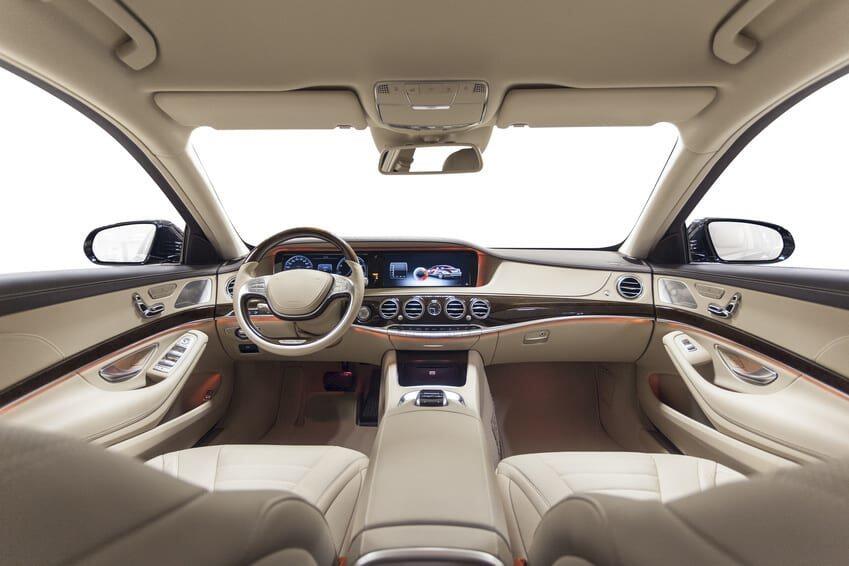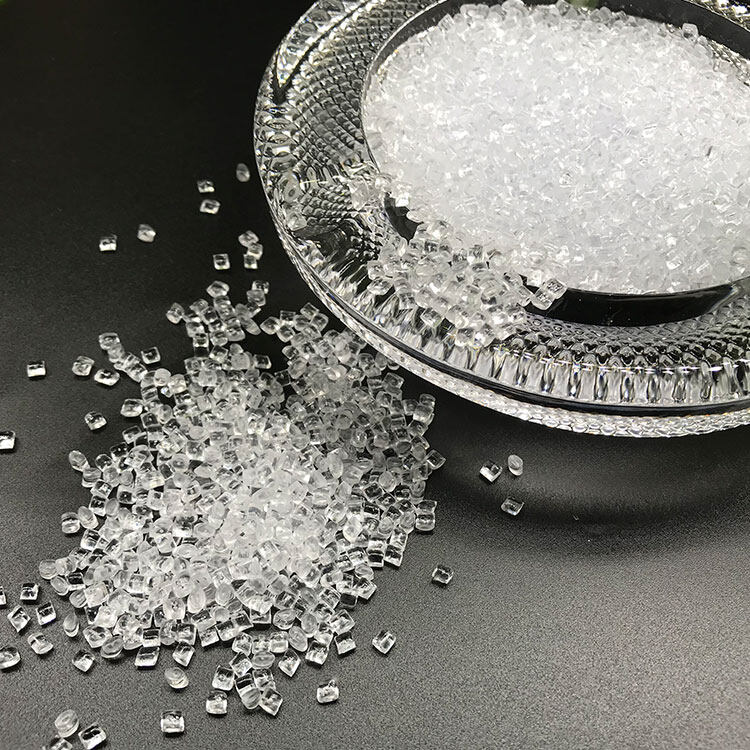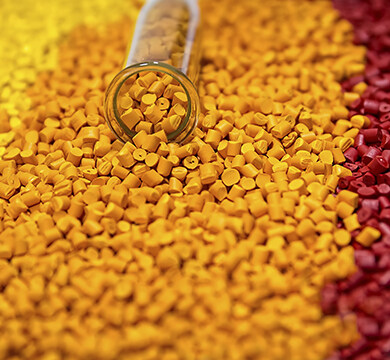Email format error
Email cannot be empty
Email already exists
6-20 characters(letters plus numbers only)
The password is inconsistent
Email format error
Email cannot be empty
Email does not exist
6-20 characters(letters plus numbers only)
The password is inconsistent

Offer Technical Support and Customized Solutions
The company is committed to creating new and improved plastic materials to meet the evolving demands of the market.

Application of Different PC Materials in Automotive Interior
Introduction
Polycarbonate (abbreviated as PC in English), also known as PC plastic, refers to a polymer containing carbonate groups in the main chain of the molecule. The visible light transmittance is nearly 90%, and it has heat resistance, self-extinguishing properties, good light transmittance, and impact resistance. Its sheet has good mechanical, impact resistance, electrical insulation properties and outstanding weather resistance and aging resistance. It has stable chemical properties and can withstand general chemical corrosion. It is often used to make various films, lampshades, dial covers, optical lenses, etc. Plexiglas etc.
1. Toughen PC. The material has good impact resistance, adjustable impact performance, small molding shrinkage, stable size, good weather resistance, high low temperature impact, and can be sprayed. Mainly used in thin-walled products, auto parts, mobile phones and other electronic and electrical products.
2. Flame retardant PC. The flame retardant performance of the material complies with the industry UL94 V0/1.5 mm and can pass the U.S. UL certification. The falling ball impact can withstand the impact of a 1.3m/500g steel ball free falling. The welding can pass the free drop test. The environmental performance can meet industry regulations such as ROHS and REACH. , the heat distortion temperature (1.82 MPa/3.20 mm) reaches 127 ℃. Mainly used in high-end chargers, lamp holders, switch panels, OA equipment and other electronic and electrical products.
3. Enhance modified PC. Adding reinforcing materials to plastics improves plastic properties, especially mechanical properties, which can be doubled. Enhanced modification not only makes a leap in mechanical properties, but also gives the material excellent properties.
Characteristics of PC Plastic are as follows:
①High specific strength. The so-called high specific strength refers to the ratio of the strength and relative density of the material. Through reinforcement, the specific strength of some plastics is equivalent to that of metal.
②Good shock absorption and good overload safety.
③Good fatigue resistance, that is, good resistance to repeated stress.
④Good heat resistance, through reinforcement, the heat distortion temperature can be greatly increased.
⑤Low linear expansion coefficient. Due to the addition of fiber materials, the linear expansion coefficient of the reinforced material is much lower than that of the plastic body. Therefore, the molding shrinkage of the product is small, and it can be used to manufacture products with high dimensional precision requirements.
4. Fill modified PC. It refers to adding solid fillers to the plastic matrix to reduce costs or change some properties of the plastic.
① Reinforcement: The price of most fillers is much lower than that of plastic, so adding it to plastic can reduce costs.
② Improve certain properties: Some properties of plastics are not satisfactory. Adding fillers can improve some of them, such as the bending strength and heat resistance of the material.
③Give functions: For example, metal powder or carbon black as filler can give the material conductivity.
5. Alloy. The system obtained by blending two or more different plastics is called a plastic alloy. The purpose of preparing the alloy is mainly to make the components of different plastics better complement each other. Of course, some properties also exceed those of any single component. performance.
Applications of PC Material
Due to the gradual popularity of cars in ordinary households, users have increasingly higher requirements for the overall quality of cars, especially the sophistication, comfort and luxury of car interiors. Automotive interiors mainly include dashboards, door inner panels, armrest boxes, pillar guards, carpets, headliners, air conditioning control panels, door handles, etc. These products have a certain degree of decoration, but also involve functionality and safety. performance, comfort and other properties, which requires PC materials to have different properties during application.
1. Dashboard. If the dashboard surface is too glossy, it will form glare and reflections on the windshield, seriously affecting driving safety. Automotive interior parts usually made of low-gloss PC plastics and their alloys have high surface gloss and need to be reduced by spraying or printing processes. Hard instrument panels are mainly made of one-time injection molding of PP, PC, ABS, PC/ABS and other materials, and are commonly used in light and small trucks, large trucks, and buses. Soft instrument panels are composed of skin, skeleton, buffer layer, etc., mostly using PVC/ABS or PVC skin + ABS or PP skeleton + foam buffer layer.
2. Column decorative board. Pillar trim increases passenger comfort and provides an elegant interior appearance. Pillar trim provides durable coverage for sheet metal, body parts, electronic wiring harnesses, and electrical parts. It also provides assembly carriers for functional parts such as cup holders, storage boxes, and speaker covers. The decorative pillars of the A, B, and C pillars of ordinary cars are generally made of PP material, while high-end models will use PC/ABS materials in consideration of higher safety requirements.
3. Door panel decoration. Door panel trim strips, inner door handles and switch consoles are mainly made of PC/ABS, electroplated PC/ABS, heat-resistant ABS, etc. Among them, PC/ABS resin is the fastest growing and most widely used material for interior door handles. This alloy has the high strength of PC and the easy plating performance of ABS. It is mainly divided into two types: electroplating and spraying. The surface of the door handle made of electroplated PC+ABS material has a more metallic feel and looks more upscale. At present, this material is still the mainstream handle material in China.
4. Ceiling. The ceiling interior is an important part of the vehicle interior. Its main function is to improve the decoration inside the car. At the same time, the ceiling interior can also improve the heat insulation and insulation effect from the outside of the car; reduce the noise inside the car and improve sound absorption. Effect: To improve the comfort and safety of the passengers, it also needs to protect the heads of the passengers.
Cars have to carry different functions. While pursuing stability and durability, the design of the interior also increasingly pursues quality and comfort. The feel, texture, color, and tone of the interior of the car have gradually become the criteria for judging the level of the entire vehicle. important standards. In the production of interior decoration, there are many process categories for different components and requirements. The development of science and technology also creates unlimited opportunities for the generation of new processes.

